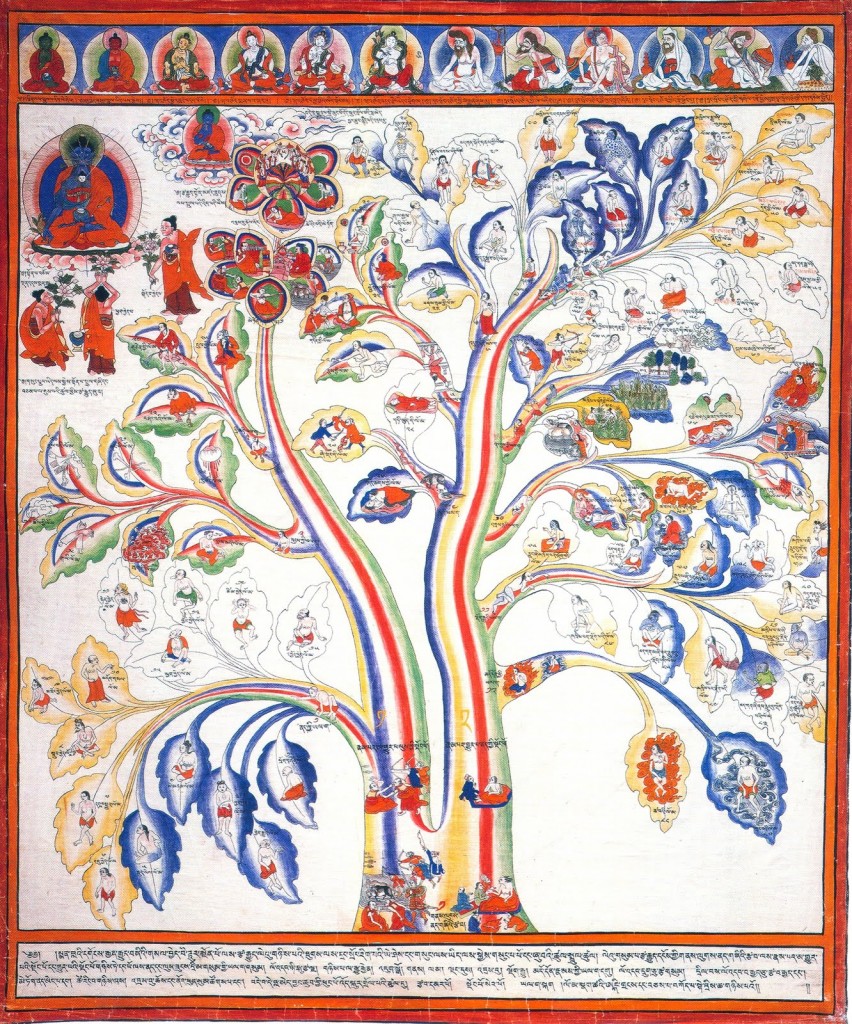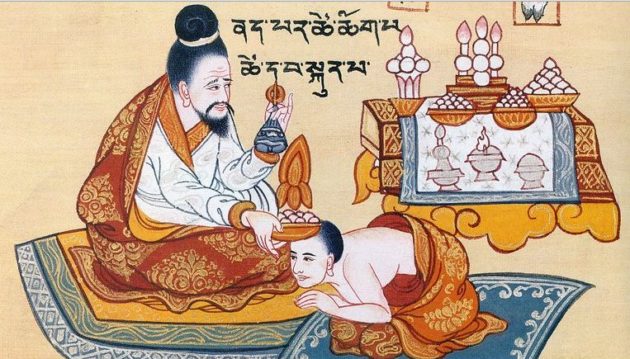The history of Tibet began about 2,100 years ago in the high Himalayan mountains. This medicine is one of the oldest in the world. Call of Sowa Riga or the Science of Healing. It was formerly restricted to monastics, but today it is one of the most famous body and mind medicine in the world.
This medicine was spread across the Tibetan plateau from the Himalayas to Central Asia. Today it is practiced in Asia and the West. Some people tend to categorize Tibetan medicine as the Tibetan branch of Chinese medicine, but it is a unique and separate system.
Despite the Cultural Revolution, censorship and persecution of practitioners, Tibetan medicine bravely remained intact. Long ago the Tibetans left their homeland in search of freedom, so this incredible healing system spread throughout Asia.
The basis of Tibetan medicine teaches that the purpose of life is to be happy. Thoughts and behaviors influence happiness and consequently health. Its main bases are the philosophy, science and healing practices, with rare herbs grown at high altitudes.
Tibetan medicine defends the existence of four basic principles: karma, suffering, healing and happiness.
WHAT ARE PRIMARY ENERGIES?
For Tibetans all living beings are made of energy and each of them incarnates on earth with a unique constitution composed of 3 types of primary energies:
Loong: is the ability that allows physical, non-physical substances and energies to flow into the body, such as blood, electricity, and thoughts.
Baekan: characterized by the cold. It is the source of many functions such as digestion, maintenance of physical structure, joint health and mental stability.
Tripa: characterized by heat. It is the source of functions, such as thermoregulation, metabolism, liver function and discriminatory intellect.
So in order to have health one must keep the primary energies in balance. Tibetan medicine is the science that helps to keep these energies in balance, working the weaknesses to become strong.
FOUR MEDICAL TANTRES AND TREE WITH TWO BRANCHES
Tibetan medical knowledge is summarized in the book entitled The Four Medical Tantras, which was formalized in the seventh century and taught to this day. According to this ancient book of Tibetan Medical Knowledge, health and disease is illustrated as a tree with two branches.

THE FIRST TRUNK
It is related to the healthy body, has 3 branches, 25 leaves, 2 flowers and 3 fruits.
1st branch: It has 15 leaves representing the 3 humors and its 5 types. The different colors blue, representing the lung, the yellow, representing the mkhris-pa and white representing the baekan.
2nd branch: The second branch of the first trunk has 7 leaves that represent the 7 body constituents.
3rd branch: The third branch already has 3 leaves, which represent the 3 excretions of the body.
The two flowers: They represent health and longevity and serve as a basis for achieving the three fruits: spiritual fulfillment, prosperity and happiness.
THE SECOND TRUNK
It deals with the diseased body and consists of 9 branches and 63 leaves.
1st branch: It has three leaves that represent the three distinct specific causes of the disorder: attachment, hatred and closed mind.
2nd branch: Contains four leaves that describe the four conditions that trigger disturbances: seasonal changes, influences of evil spirits, diet and behavior.
3rd branch: It has six leaves representing the six initial areas of disease.
4th branch: It has three leaves showing the main locations of the three humors.
5th branch: It has 15 leaves that illustrate the ways of the humors.
6th branch: It has nine leaves representing humoral diseases in relation to age, place of occurrence, maturation period and seasonal changes.
7th branch: It has nine leaves, meaning the nine fatal disorders.
8th branch: It shows 12 leaves representing the twelve contraindications due to inadequate treatment.
9th branch: The last one has two leaves that represent hot or cold disorders.
While the benefits of the Tibetan medical system have been widely acclaimed, one of the problems remains the lack of recognition by governments and the UN.
Did you like the story? Follow our blog that soon we will have more related subjects!
To the next!

